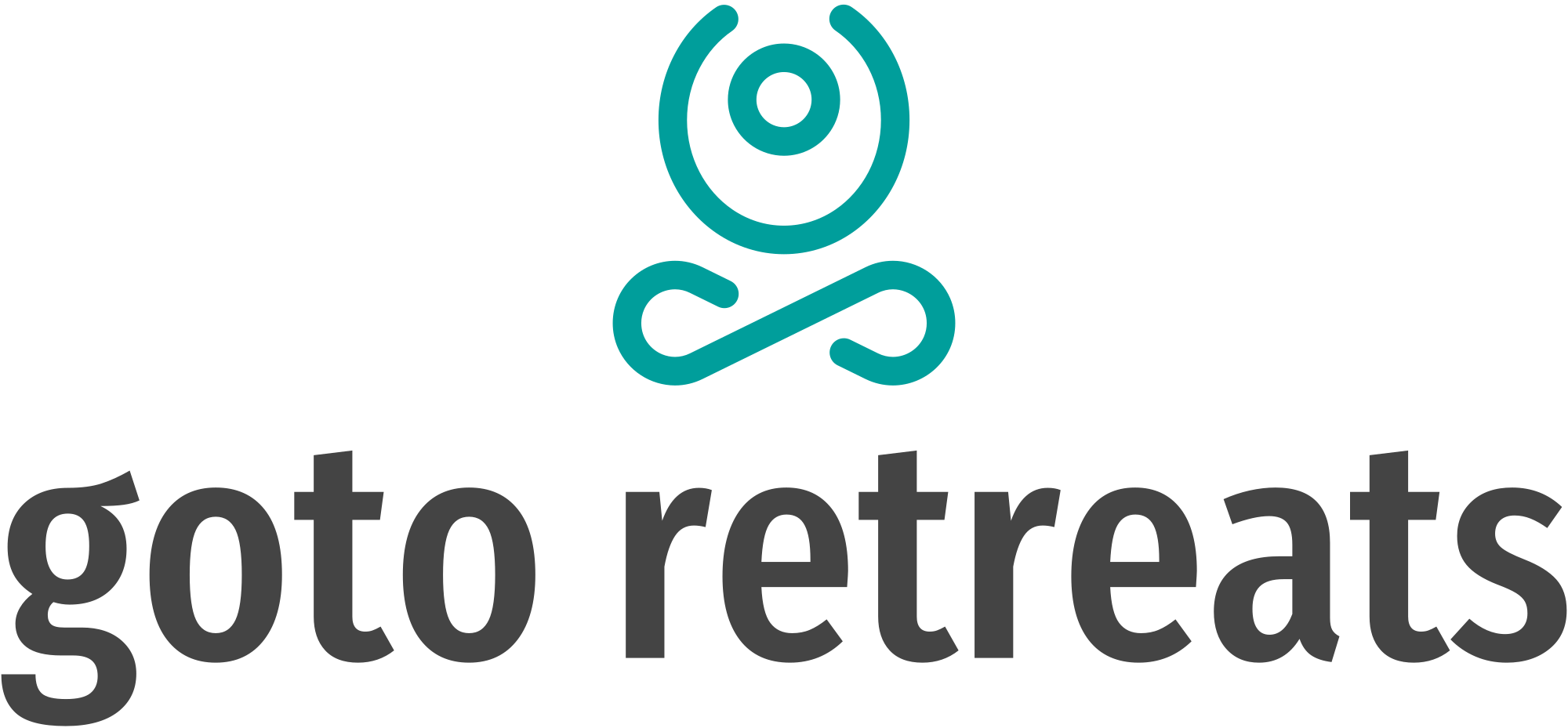Ever left a retreat feeling inspired, relaxed, and connected? That sense of fulfillment doesn't have to end when you step out of the retreat center. The real magic begins after, in the way you maintain those connections and keep the conversation alive. In today’s fast-paced world, staying connected with attendees post-retreat is not just a nice gesture, it’s essential for long-term growth and success. Whether you’re a retreat organizer or a participant, following up and gathering feedback can elevate future experiences, create meaningful relationships, and foster a loyal community. Let's discuss why this process is so important and how it can transform your retreat business!

Collecting feedback after a retreat is a crucial step to improve and evolve your future offerings. Whether it’s a yoga retreat, a wellness weekend, or a team-building event, the most direct way to understand how your attendees experienced the retreat is by asking them.

Best Practices for Gathering Feedback
Utilizing Feedback for Improvement

Maintaining Relationships with Past Attendees

Conclusion
A well-structured follow-up process can turn a one-time participant into a lifelong advocate for your retreats. So, take the extra step to keep those connections strong, and watch as your retreat community grows, not just in numbers, but in trust, loyalty, and shared purpose. Ready to deepen your impact? Visit our service page and the journey continues with each thoughtful follow-up!
